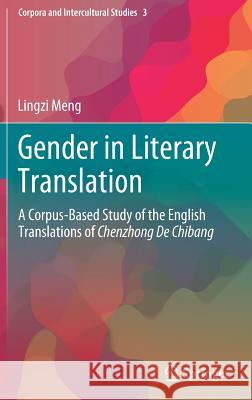Gender in Literary Translation: A Corpus-Based Study of the English Translations of Chenzhong de Chibang » książka
topmenu
Gender in Literary Translation: A Corpus-Based Study of the English Translations of Chenzhong de Chibang
ISBN-13: 9789811337192 / Chiński / Twarda / 2019 / 162 str.
Kategorie:
Kategorie BISAC:
Wydawca:
Springer
Seria wydawnicza:
Język:
Chiński
ISBN-13:
9789811337192
Rok wydania:
2019
Wydanie:
2019
Ilość stron:
162
Waga:
0.42 kg
Wymiary:
23.39 x 15.6 x 1.12
Oprawa:
Twarda
Wolumenów:
01
Dodatkowe informacje:
Wydanie ilustrowane











